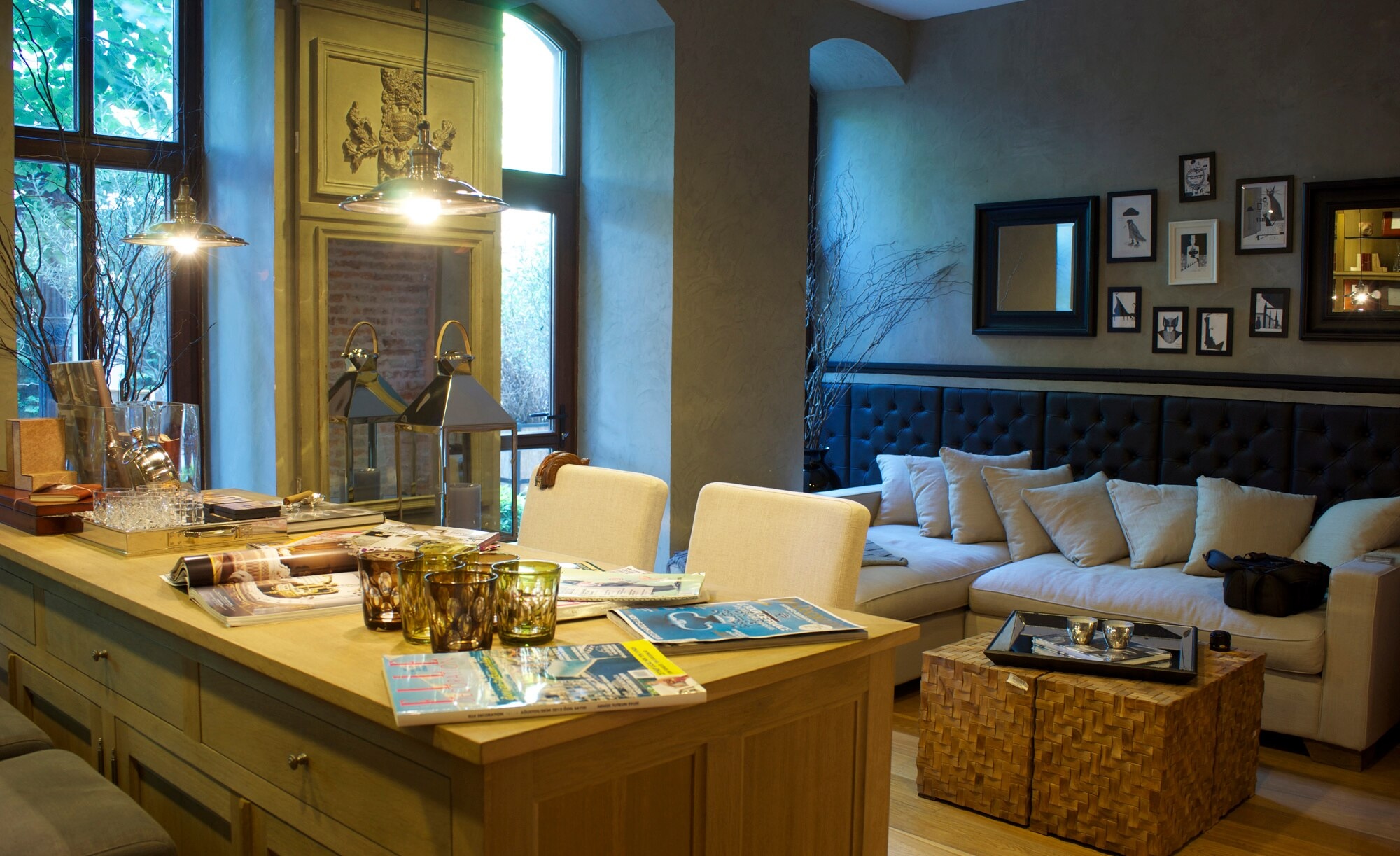Understanding Boston's Design Context
Boston's design identity is shaped by its colonial history, Federal-style architecture, and Brahmin traditions. Even in new construction, these influences create a foundation that designers either embrace or intentionally contrast. Understanding this context is essential whether pursuing modern minimalism in a Seaport District high-rise or traditional elegance in a new Beacon Hill property.
Modern Design in Boston's New Construction
Modern design in Boston's luxury homes emphasizes clean lines, open spaces, and technological integration. Floor-to-ceiling windows in new Back Bay developments capitalize on city views, while floating staircases and minimalist kitchens with concealed appliances create uncluttered, light-filled environments. The modern approach celebrates Boston's contemporary evolution while providing flexible spaces for today's lifestyle.
Traditional Design in Contemporary Contexts
Traditional design in new Boston homes doesn't simply replicate the past—it reinterprets classical elements for modern living. Custom millwork that references Federal-style detailing, formal dining rooms with updated proportions, and traditional materials like marble and hardwood applied in fresh ways allow new construction to honor Boston's architectural heritage while meeting contemporary needs.
The Rise of Transitional Style in Boston
Many discerning Boston homeowners are embracing transitional design—a sophisticated blend of modern functionality and traditional warmth. This approach might pair a clean-lined kitchen with a walnut island featuring traditional detailing, or place contemporary furnishings within rooms appointed with classical moldings. This harmonious middle ground offers the best of both worlds for new construction.
Making the Choice for Your Boston Home
Your choice between modern, traditional, or transitional design should reflect both personal preference and architectural context. Consider your neighborhood's character, your home's architectural features, and how you plan to live in the space. The most successful Boston interiors—whether sleekly modern or richly traditional—maintain a sense of place that honors the city's unique design heritage.
Conclusion
In Boston's luxury new construction market, the debate between modern and traditional design isn't about which is superior, but rather which approach—or thoughtful combination of approaches—best serves each unique project and homeowner. The most successful spaces create dialogue between past and present, resulting in homes that feel both timeless and thoroughly of their moment.

Jessica Sebastian
With a passion for innovative, practical design and years of real estate experience, Jessica brings a unique perspective to every project, balancing aesthetic appeal with marketable value.





